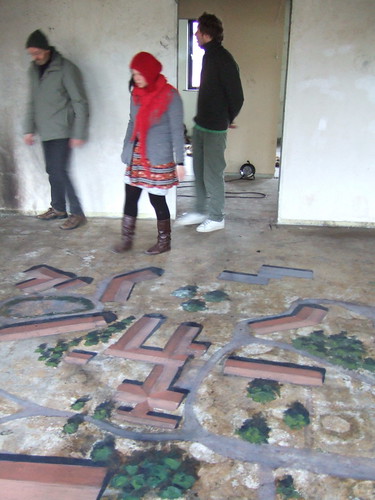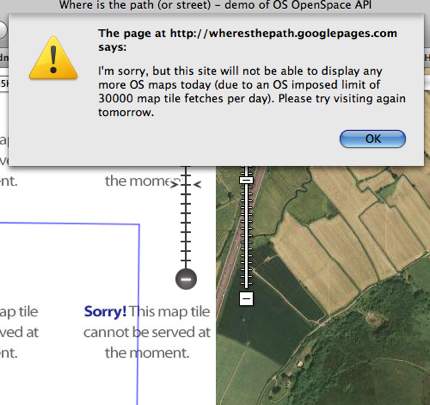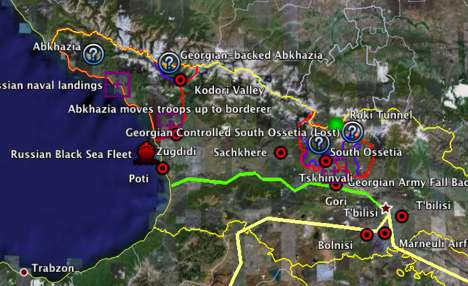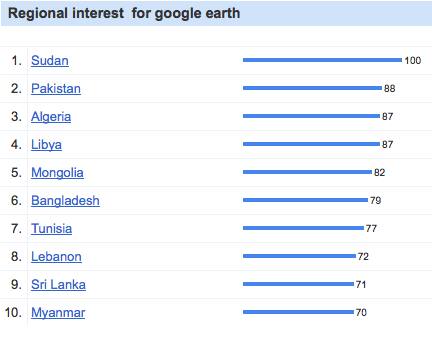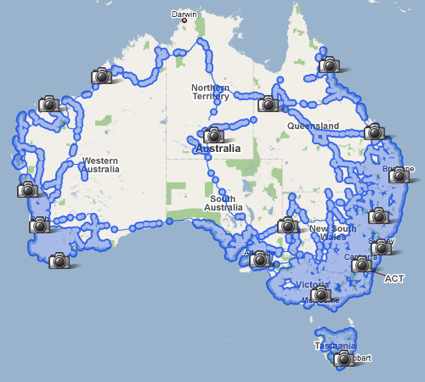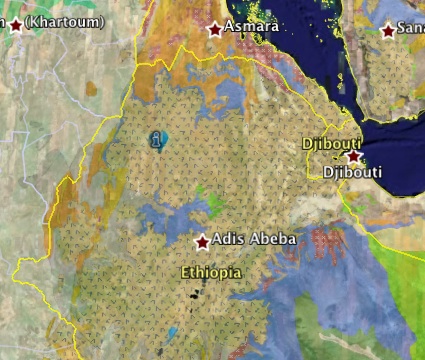The 6th International Symposium on Digital Earth (ISDE6) has been announced, with a call for papers. ISDE6 will take place in Beijing in September 2009. This symposium’s topic: “Digital Earth in Action”. From an email:
ISDE6 aims to provide an international forum for world-class scientists, engineers and educators engaged in the fields of digital earth, earth observation, geo-informatics and relevant applications to review the progress of Digital Earth during the last decade and discuss the achievements of Digital Earth and the recent developments.
I’m not sure what the point is of holding such a symposium in a country whose government censors satellite imagery and maps with indiscriminate glee because it thinks its own citizens are too stupid to make up their own minds from uncensored information. It’s a bit like holding the World Summit on the Information Society in censorious Tunisia in 2005 — inappropriate, on the face of it, or at the very least ironic. There is always a chance that something like ISDE6 helps breach the great Chinese firewall, and I hope it does, but that certainly wasn’t the case in Tunisia.
My suspicion is that China’s leaders still see earth observation and geo-informatics as elite academic projects, while much of the online world has moved on to regard it as a mass-participatory exercise in unfettered mapping and mashing. The one big story in the field of GIS these past 3 years has been the democratization of access to geospatial data of the kind previosuly only available to governments or affordable to corporations. That lesson is still lost on those in power in China. I hope somebody says as much, bluntly, at a presentation at ISDE6.
